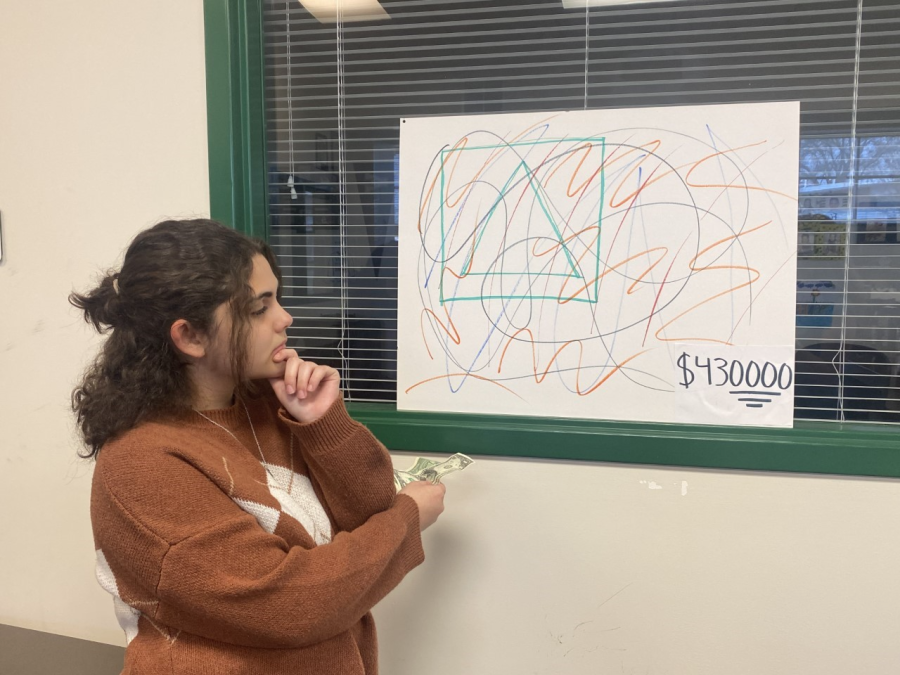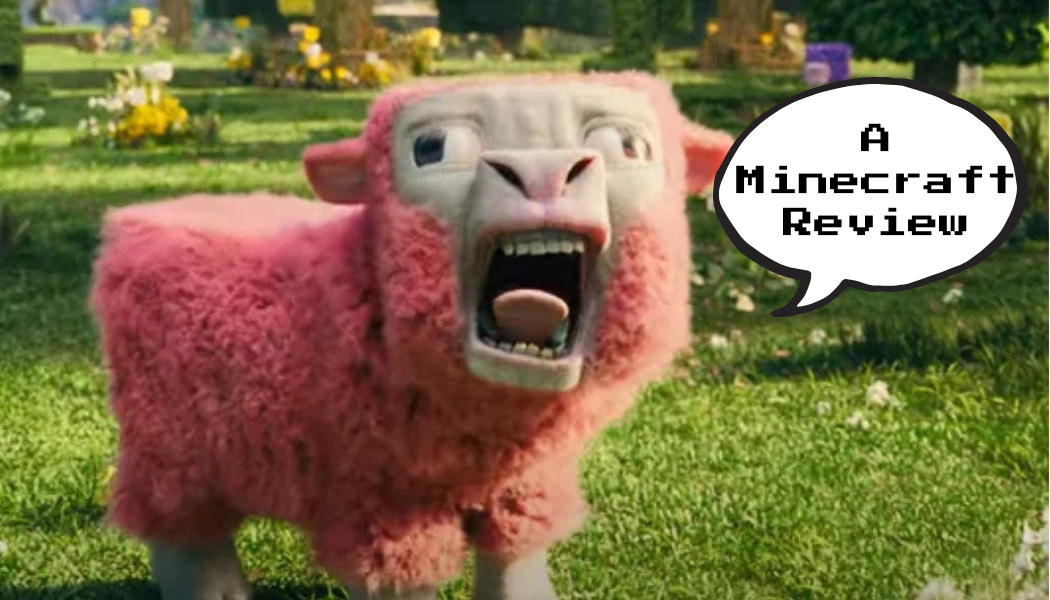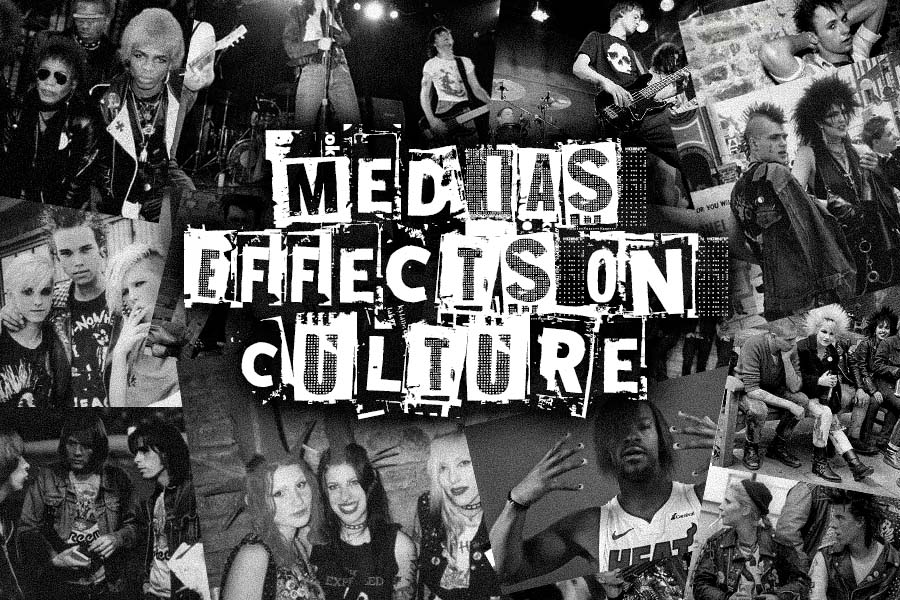From Renaissance to Modern, art has experienced a wide variety of periods throughout its existence. Traditionally, each art era has a distinctive style that acts as a reflection of its social landscape, but the quality and professionalism of much art has decreased over time. Although today’s society is different than it was years ago, why should art in the 21st century be portrayed so lazily, and often through a deceitful process? Art is subjective to personal taste, but there’s a point where simplicity for the sake of money goes too far.
If you have attended an art museum in recent years, I’m sure you’ve been met with confusion at the bold, yet incredibly underwhelming contemporary art form. Contemporary art is often described as “the art of today,” but it lacks structure and orderly techniques, creating a sense of chaos due to the contrasting elements of each work. Over time, artists have drifted away from specific techniques and have focused more on provoking emotional responses instead, often producing boring pieces that are passed off as symbolism. Art is a form of communication that can be interpreted in countless different ways, but I feel that most modern artists take this principle and run with it. Although everyone’s taste is different, is it really fair to splatter some paint on a canvas, advertise it as profound and sell it for millions?
In today’s day and age, even something as plain as a banana duct taped to a wall can, and has been considered art. The piece “Comedian” by Italian artist Maurizio Cattelan, sparked an intense debate about the absurdity of contemporary art after first being displayed in 2019. This piece of rotting fruit ended up selling for $120,000, but its unusuality doesn’t excuse the ridiculous price that is was sold for.
The selling of such inane art at extremely high prices inevitably brings about the conversation of money laundering, a problem within the art world that is becoming increasingly more common. Money laundering is the process of concealing the origins of illegally obtained money with transfers through other forms of business. The lack of structure in contemporary art allows for limitless ideas and therefore an infinite cash flow for those who are trying to gain large sums of money at once. I don’t believe that all contemporary artists have ulterior motives, but considering how easy it is to appeal to an audience when branded as “high end,” creating lazy art is a go-to way for self-proclaimed artists to make a quick buck.
Art is ever-changing and new ideas are constantly brought to the table, but the introduction of new techniques doesn’t warrant the abandonment of tradition. Creating art with the central focus of earning profit diminishes the creative process and contributes to less thoughtful and enjoyable art in our galleries.
















